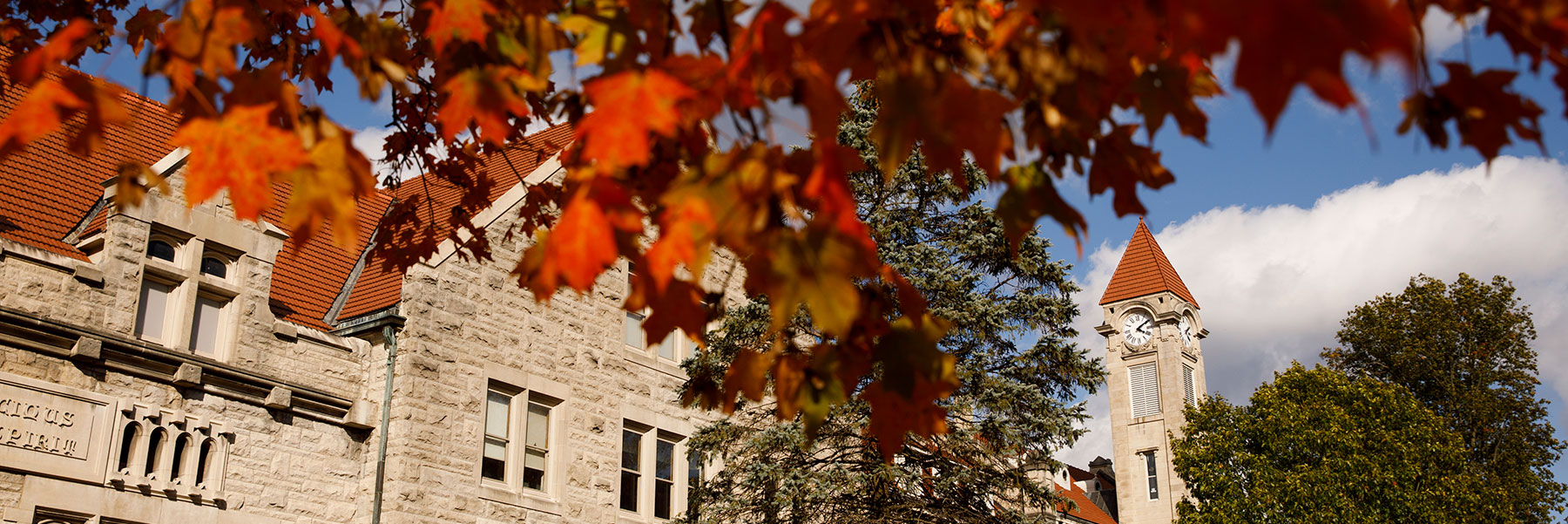The Center for Documentary Research and Practice is a multidisciplinary unit with The Media School at Indiana University that brings together scholars and artists from across IU who are working on an array of nonfiction media projects. It also serves as a home to visiting artists and postdoctoral scholars who are working on projects with nonfiction media components.
The center supports faculty and graduate students who make documentaries as part of their research and serves as a research hub for those completing historical, theoretical, and critical research on nonfiction film and video. The center provides technological and creative support for projects, and it is a forum for faculty and graduate students to present completed and in-process work.


